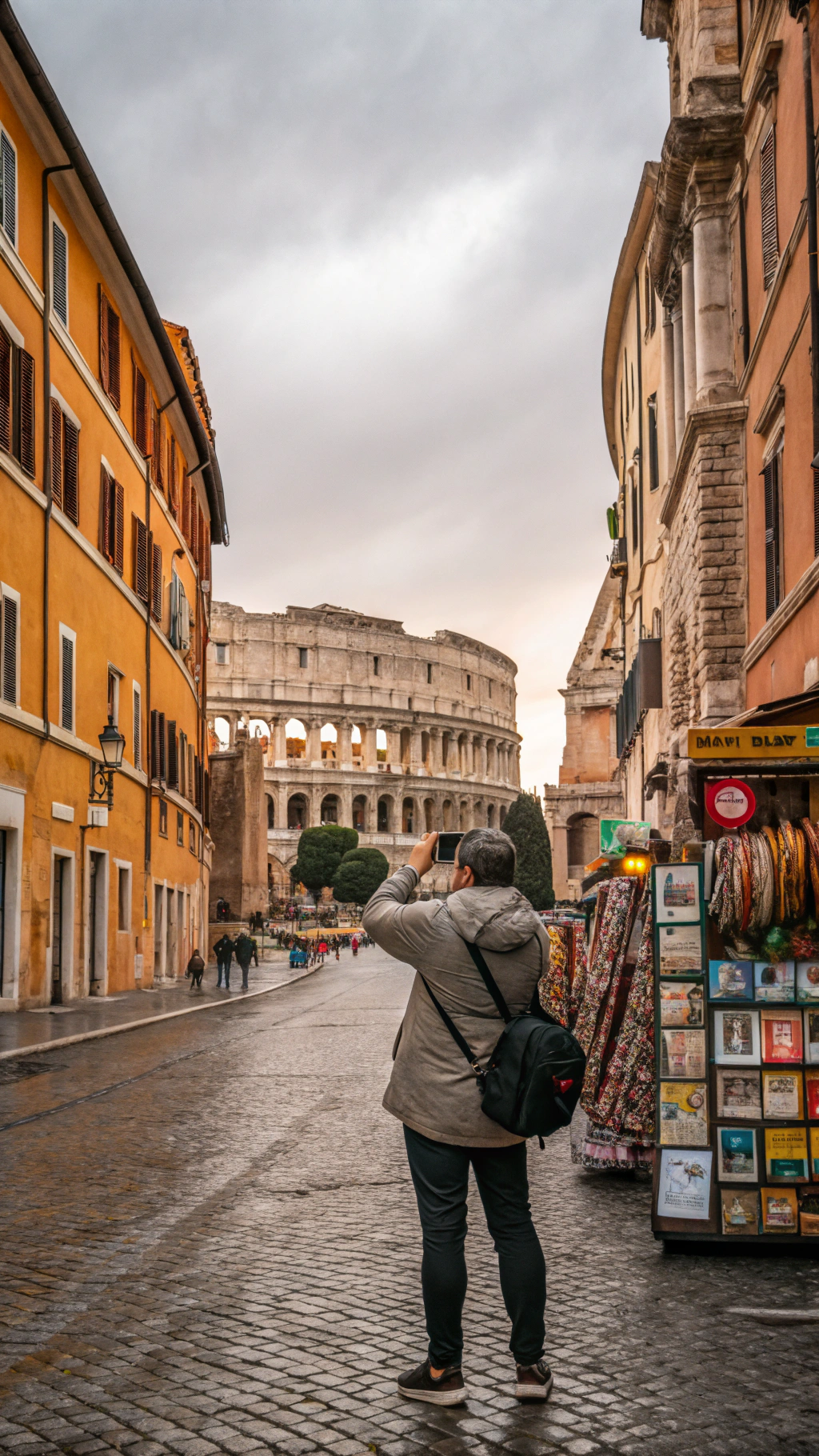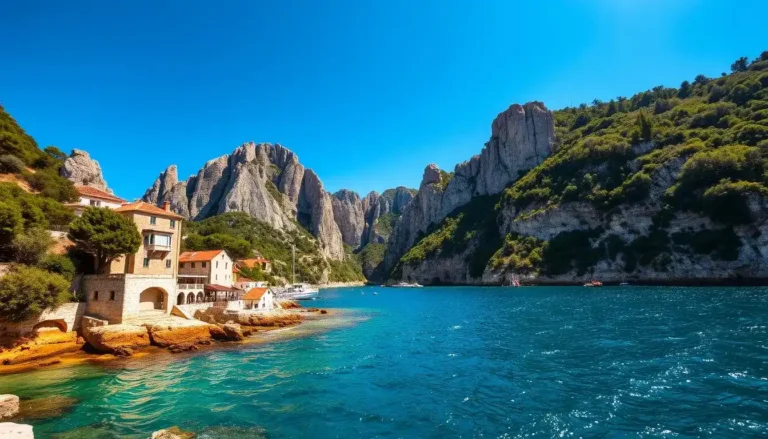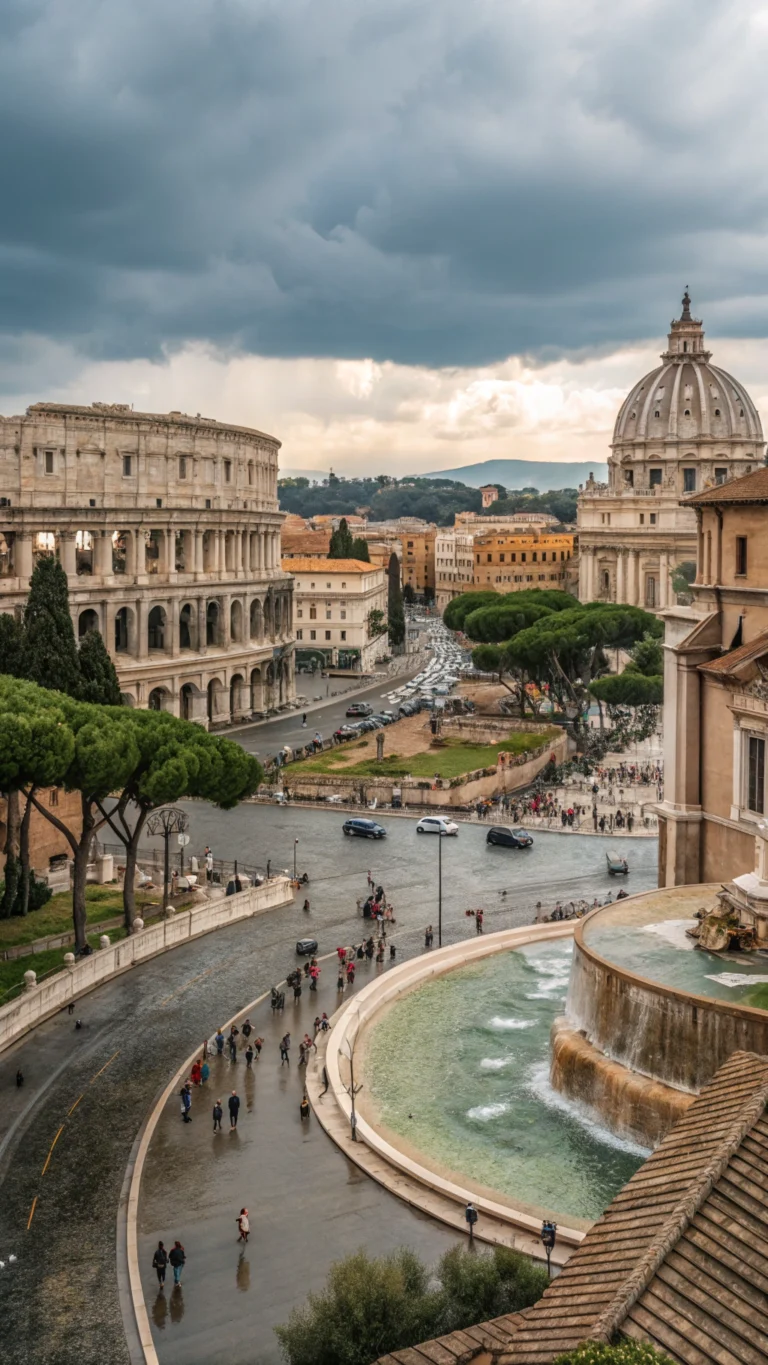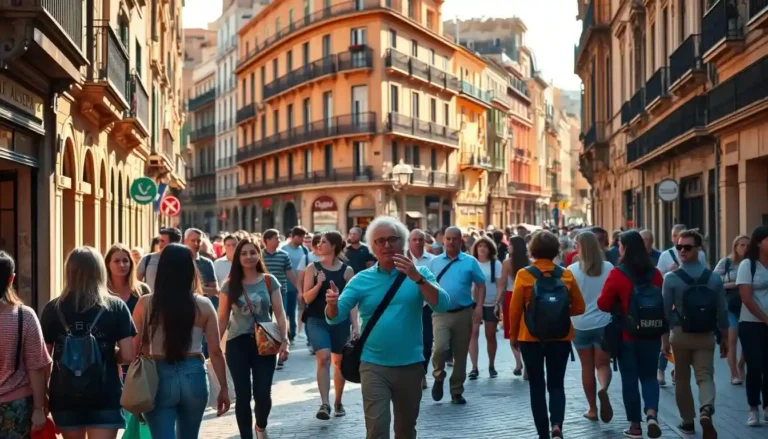How An American in Rome Found the Best Gelato: 5 Secrets Unveiled
Table of Contents
Introduction
Have you ever pondered why some tourists fall for tourist traps and spend €10 on subpar gelato while others find Rome’s true treasures? Insider knowledge and a willingness to look beyond the obvious are frequently the key factors that make the difference. Finding great gelato became something of a personal goal for An American in Rome when he first arrived in the Eternal City. Even though over 10 million tourists visit Rome each year, barely 15% of them ever get to sample real, handmade gelato prepared using age-old techniques, according to recent tourism data. Let’s use these revealed secrets to alter that number.
Destination Overview

Ancient history and modern Italian life collide in Rome, the eternal city, which is a living museum. Across its seven hills, this capital city, which was founded in 753 BC, skillfully combines its imperial heritage with a thriving modern culture. Rome offers a sensory adventure through cobblestone alleyways where the perfume of freshly made pasta and the tune of local conversations create a true Italian feel, even outside of the famous Colosseum and Vatican.
With temperatures ranging from 65 to 75°F (18 to 24°C), the shoulder seasons of April to May and September to October are the ideal times of year to visit Rome. The summer months of June through August bring temperatures that frequently surpass 90°F (32°C), along with a 43% rise in visitors and 30% higher lodging costs, according to tourism figures. Despite sporadic rain, winter has the lowest tourist density, with about 60% fewer tourists than peak season, making the experience more genuine.
Travel Itinerary
One Day in Rome: Gelato Lover’s Express Tour
- Morning (9am-12pm): Begin at the Trevi Fountain area, visiting Gelateria Valentino for your first authentic taste. Compare this with a nearby commercial option to understand the difference. Estimated time: 3 hours including walking and tasting.
- Afternoon (1pm-5pm): Explore the Pantheon district, stopping at Giolitti (established 1890) for their signature flavors. Continue to Piazza Navona, sampling Come il Latte en route. Time savings: Taking this route saves approximately 1.5 hours compared to typical tourist paths.
- Evening (6pm-9pm): Head to Trastevere for dinner, finishing with gelato at Fior di Luna, known for organic ingredients and seasonal flavors.
Three-Day Gelato Exploration
Day 1: Historic Center Focus
- Morning: Ancient Rome sightseeing with your first gelato at Fatamorgana near the Colosseum
- Afternoon: Spanish Steps and gelato at Gelateria dei Gracchi
- Evening: Dinner in Campo de’ Fiori, dessert at Punto Gelato
Day 2: Vatican and Beyond
- Morning: Vatican Museums tour (book ahead to save 1.5 hours waiting)
- Afternoon: Old Bridge Gelateria—a favorite where An American in Rome discovered their pistachio magic
- Evening: Prati neighborhood exploration with artisanal gelato at Gelateria Millennium
Day 3: Off-the-Beaten-Path
- Morning: E.U.R. district with a stop at Grom
- Afternoon: Testaccio Market food tour (includes gelato sampling)
- Evening: Farewell gelato at Il Gelato di San Crispino—a fitting end to your quest
Must-See Attractions
While Rome’s iconic sites deserve your attention, the true gelato connoisseur must visit these essential establishments:
Fatamorgana – With multiple locations, this gelateria pioneered unusual flavor combinations. Their Basil-Honey-Walnut showcases Italian creativity.
Come il Latte – Offering 80% cream content, their rich creations represent the indulgent side of An American in Rome‘s discoveries.
Gelateria del Teatro – Watch artisans create gelato through street-facing windows while sampling flavors made with ingredients from regional farms.
Günther Gelato Italiano – A modern take on tradition, their chocolate selections consistently win local awards.
Otaleg – (“gelato” spelled backward) where innovation meets tradition in Rome’s Trastevere district.
Where to Stay
For the ultimate gelato-centric accommodation strategy, consider these neighborhoods:
Centro Storico (Historic Center): Perfect for first-timers seeking proximity to major attractions and several top gelaterias. Hotel options range from the luxurious Hotel de Russie (€400+/night) to mid-range Albergo del Senato (€180-250/night).
Monti: Rome’s hipster district offers boutique accommodations like The Fifteen Keys (€200-300/night) within walking distance of artisanal gelaterias including Fatamorgana’s original location.
Trastevere: For authentic charm and evening gelato strolls, this neighborhood offers apartments through platforms like Airbnb (€80-150/night) and boutique hotels like Hotel Santa Maria (€150-220/night).
Budget Option: Prati district offers more affordable accommodations (€60-120/night) while still providing access to excellent gelaterias like Gelateria dei Gracchi.
Food & Local Cuisine
The gelato quest begins with understanding what makes it authentic:
Secret #1: Check the Colors
Authentic pistachio gelato is brownish-green, not bright green. Natural ingredients produce natural colors—a tip An American in Rome learned from a local gelato master.
Secret #2: Examine the Display
Quality gelato isn’t piled high in mountains but stored in covered metal containers. The “mountains” of colorful gelato? Added stabilizers and artificial ingredients allow this display method.
Secret #3: Analyze the Banana Test
Order banana flavor—if it’s bright yellow, walk away. Real banana gelato is grayish-beige because it uses actual bananas.
Dietary Accommodations:
- Vegan Options: Fatamorgana and Gelateria della Palma offer extensive dairy-free selections.
- Gluten-Free: Most pure gelato is naturally gluten-free, but Grom certifies their entire production as gluten-free.
- Diabetic-Friendly: Gelateria dei Gracchi offers sugar-free options without compromising flavor.
Travel Tips & Essentials
- Language: Learn basic gelato vocabulary: “Posso assaggiare?” (May I taste?) and “Quanto costa un cono piccolo?” (How much is a small cone?)
- Timing: Visit gelaterias between 3-5pm to avoid both the lunch and dinner crowds.
- Payment: Many smaller gelaterias remain cash-only establishments. Carry €10-20 in change.
- Cultural Etiquette: Tasting before buying is acceptable but limited to 1-2 flavors. Overtipping isn’t customary, but rounding up is appreciated.
Common Mistakes to Avoid
- Following Crowds: The longest lines don’t indicate the best gelato—often quite the opposite.
- Settling for Locations Near Major Attractions: Walk just 2-3 blocks away for significantly better quality and lower prices.
- Ordering Too Many Flavors: Limit to 2-3 complementary flavors to appreciate the craftsmanship.
- Skipping Seasonal Specialties: When An American in Rome discovered fig gelato in September, it revolutionized their understanding of the craft.
- Being Price-Fixated: Quality artisanal gelato costs €2.50-4.50 for a small cup/cone. Suspiciously cheaper options typically use lower-quality ingredients.
Budget Breakdown
Average Gelato Costs:
- Tourist-trap gelato: €5-7 per serving
- Authentic artisanal gelato: €2.50-4.50 per small cup/cone
- Specialty creations: €4-8
Daily Budget Comparison:
- Budget traveler: €60-80/day (including €5 for gelato)
- Mid-range: €120-180/day (including €8-10 for multiple gelato stops)
- Luxury: €300+/day
Your gelato expedition can be accomplished on any budget, with potential savings of €15-20/day by following local practices rather than tourist patterns.
Final Thoughts
Rome’s gelato culture embodies the city itself, a harmonious fusion of custom, creativity, and unplanned happiness. These five tips can help you enjoy better gelato and have a more genuine Rome experience. The difference between knowing how to make authentic gelato and coming home with tales of “ice cream in Italy” is incalculable.
Have you found a secret gelato treasure in Rome? Help other tourists discover the charming side of the Eternal City by sharing your discoveries in the comments section below!
FAQs
Q: What distinguishes ice cream from gelato?
A: Gelato has stronger tastes because it uses less air during production, has less fat (4–9% compared to 14–25% in ice cream), and is served at a little warmer temperature.
What time of year is ideal for gelato consumption in Rome?
A: Gelato is available all year round, however the greatest range of seasonal fruit flavors is offered from late spring to early fall. Locals stroll with gelato during the lovely Roman custom known as the passeggiata, which takes place on summer evenings from 8 to 11 p.m.
Does gelato cost a lot in Rome?
A small dish of authentic gelato usually costs €2.50-4.50. You’re probably in a tourist trap if you’re paying much more.
How can I locate gelato that complies with dietary requirements?
A lot of contemporary gelaterias now include sugar-, gluten-, and vegan choices. Grom and Fatamorgana are especially tolerant of unusual dietary requirements.
Which varieties of Roman gelato are the most traditional to sample?
A: Don’t overlook the nocciola (hazelnut), crema (simple custard), and zabaione (egg and sweet wine). Try fico (fig) in late summer and fragola (strawberry) in spring for fruity flavors.







